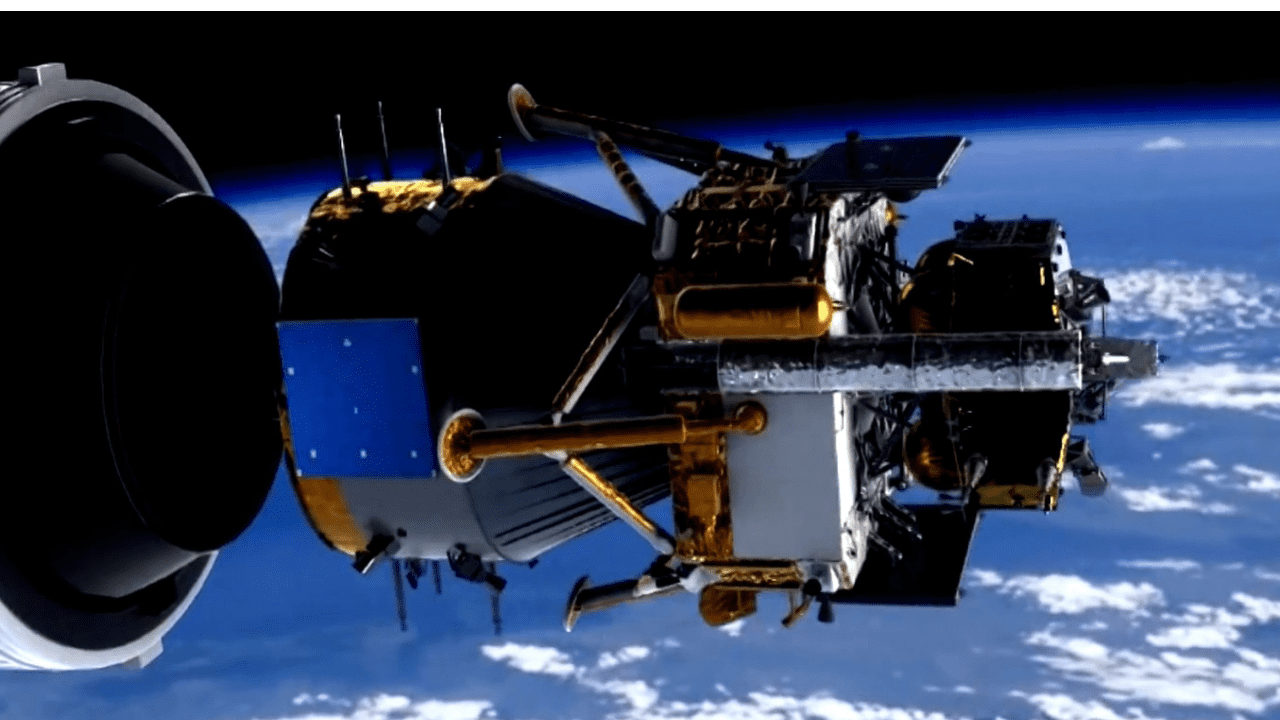The Chang’e 6 mission (嫦娥六号任务), the 6th endeavor by China’s space agency CNSA, is set to retrieve 2 kg of lunar soils and rocks from a depth of 2 meters on the far side of the Moon’s surface. This ambitious mission is driven by the desire to unlock the mysteries of the moon’s history and gain insights into the broader stories of Earth and our solar system.
Chang’e 6 was initially conceived as the contingency plan for Chang’e 5, serving as a backup option in the event of any setbacks during its November 2020 launch. Subsequently, Chang’e 6 is scheduled for launch in May 2024, marking China’s second lunar sample return endeavor.
Mission Design
The mission design mirrors that of Chang’e 5, consisting of four modules. The robotic arm lander is tasked with collecting approximately 2 kg (4.4 lb) of samples from a depth of 2 meters (6.6 ft) below the lunar surface. Following sample collection, the material is transferred to the attached ascent vehicle, which is launched into lunar orbit.
The ascent vehicle operates autonomously, conducting a robotic rendezvous and docking with an orbiter, both traveling at a speed of around 1 kilometer per second. During this phase, the samples are robotically transferred into a sample-return capsule. This capsule is destined to reenter Earth’s atmosphere and safely descend, either splashing down into the sea or landing on land, facilitated by a parachute. But before the launch of these four modules by the Long March 5 rocket, a dedicated relay satellite named Queqiao-2 is deployed into lunar orbit to provide support for the mission. Chang’e-6 mission profile will be a longer, 53-day odyssey.
Payload of Chang’e 6 Mission
Chang’e-6 carries payloads from both China and foreign countries. The following are the payloads contributed by foreign nations.
| Payload Name | Country | Payload Details |
|---|---|---|
| DORN (Detection of Outgassing Radon) | France | French instrument designed to study the transport of lunar dust and other volatiles between the lunar regolith and the lunar exosphere, with a focus on the lunar water cycle. |
| INRRI (INstrument for landing-Roving laser Retroreflector Investigations) | Italy | Italian instrument featuring a passive laser retro-reflector. This device is employed for laser range-finding of the lander, akin to those utilized in the Schiaparelli and InSight missions. |
| NILS (Negative Ions on Lunar Surface) | Sweden | Swedish instrument dedicated to detecting and measuring negative ions reflected by the lunar surface. |
| ICECUBE-Q cubesat | Pakistan | Pakistani Cubesat known as ICECUBE-Q, is designed to detect traces of ice on the lunar surface. |
The Landing Site of Chang’e 6 mission
China’s Chang’e 6 mission is set to touch down on the far side of the Moon, specifically in the SPA (southern portion of the Apollo) basin, which is the southern part of the Apollo crater. This chosen landing site is significant because it has the potential to yield a varied collection of lunar samples. Scientists hope that studying these samples will help us understand why volcanic activity on the far side of the Moon ended earlier than on the near side.
Mission Specification
| Mission | Chang’e 6 (嫦娥六号任务) |
| Agency | CNSA |
| Mission Duration | 53 days |
| Launch Vehicle | Long March 5 |
| Number of Modules | 4 |
| Landing Site | SPA (southern portion of the Apollo), Far side of the moon |
China’s Future Moon Exploration Plans
China has set ambitious goals for lunar exploration, with plans to land astronauts on the moon by 2030. In line with this, the country envisions establishing a permanent international research station on the lunar south pole by 2040. A significant step towards this objective is the scheduled Chang’e-7 mission in 2026, designed to gather valuable data crucial for the construction of the envisioned research station. Furthermore, China extends an invitation to countries and international organizations to participate in its uncrewed Chang’e-8 mission, slated for 2028. Furthermore, Chang’e 6 mission (嫦娥六号任务), slated for launch this year, is tasked with the objective of sample return, further advancing China’s capabilities in lunar exploration.
Read also 10 Mind-Blowing Space Missions of 2024 Across the Moon, Mars, and Beyond
Read also What happens to an astronaut’s dead body when they die in space?


